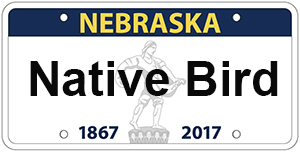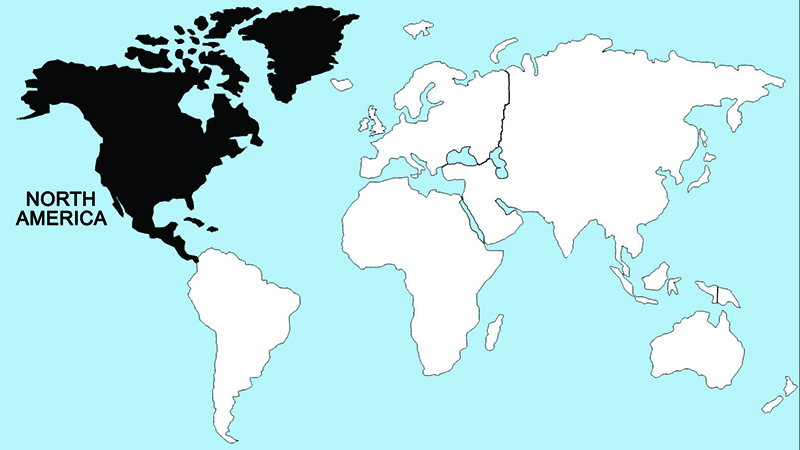Surf Scoter

Like the other two American scoters, the surf scoter is a fairly common coastal duck along the Atlantic and Pacific shorelines of North America, but unlike the others its range does not extend to Europe and Asia. During winter, it is abundant along rocky coastlines of Alaska and Canada, and young birds or females are occasionally found in freshwater lakes or rivers as well. Like other scoters, the bird forages during much of the year for mollusks, especially mussels, in coastal waters of moderate depth. The adult male can easily be recognized by its white forehead and nape patches that contrast with its otherwise all-black plumage; the female and immature male are mostly dark brown, with darker crowns and small whitish patches on the nape, ear region, and just behind the bill.
Breeding occurs in rather inaccessible brushy habitats near timberline or in heavier woodlands. Nesting mainly occurs in the interior of northern Canada, but few nests have been found. Incubation and fledging periods are uncertain, but an incubation of 27–28 days is likely and a fledging period of 55 days has been reported.
Regions Birds Are Found


Collection Location & Year
U.S. - Alaska 2001
Taxonomy
| Order | Anseriformes |
|---|---|
| Family | Anatidae |
| Tribe | Mergini |
| Species | Melanitta |
| Genus | perspicillata |
Gender
Male
References
- Johnsgard, P. A. 1975a. North American Game Birds of Upland and Shoreline. Lincoln, NE: Univ. of Nebraska Press.
- Johnsgard, P. A. 1978. Ducks, Geese and Swans of the World. Lincoln, NE: Univ. of Nebraska Press.
- Elliot, A., J. del Hoyo, J. Sargatal, and C. Imboden, eds. 1992. Handbook of Birds of the World. Vol. 1 (Ostriches to Ducks). Barcelona, Spain: Lynx Editions.
- Kear, J. 2005. Ducks, Geese and Swans. London, UK: Oxford University Press.